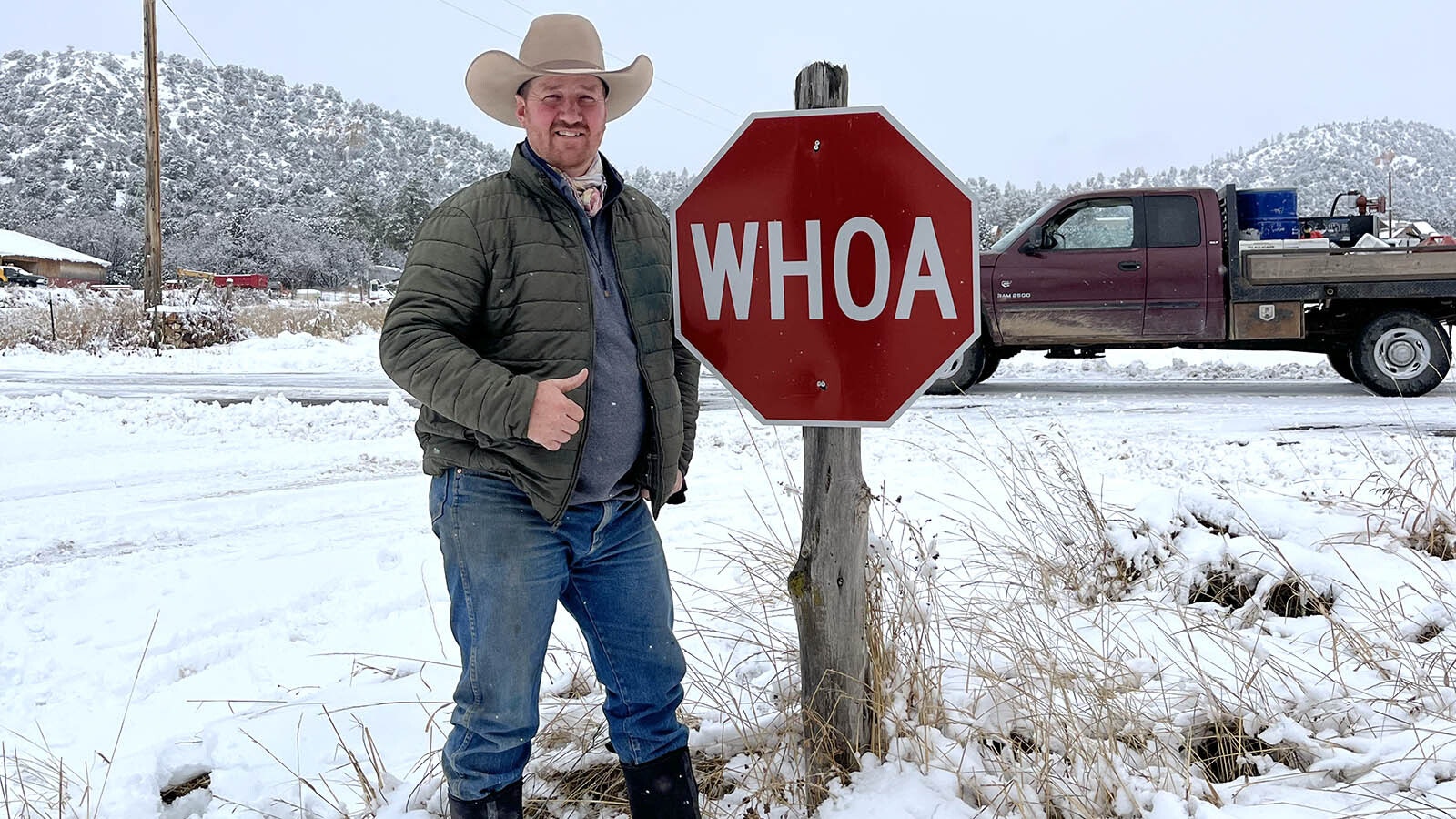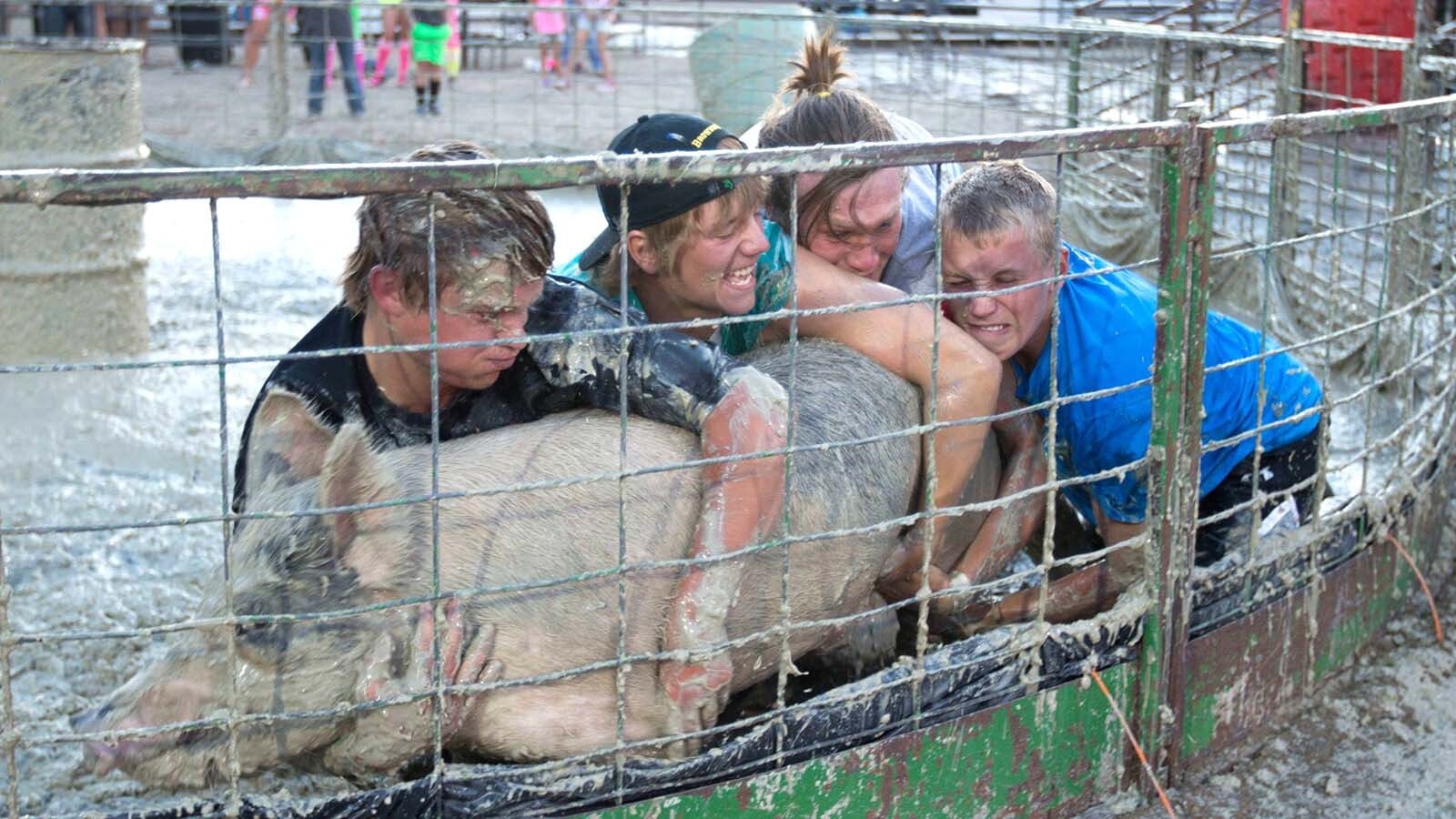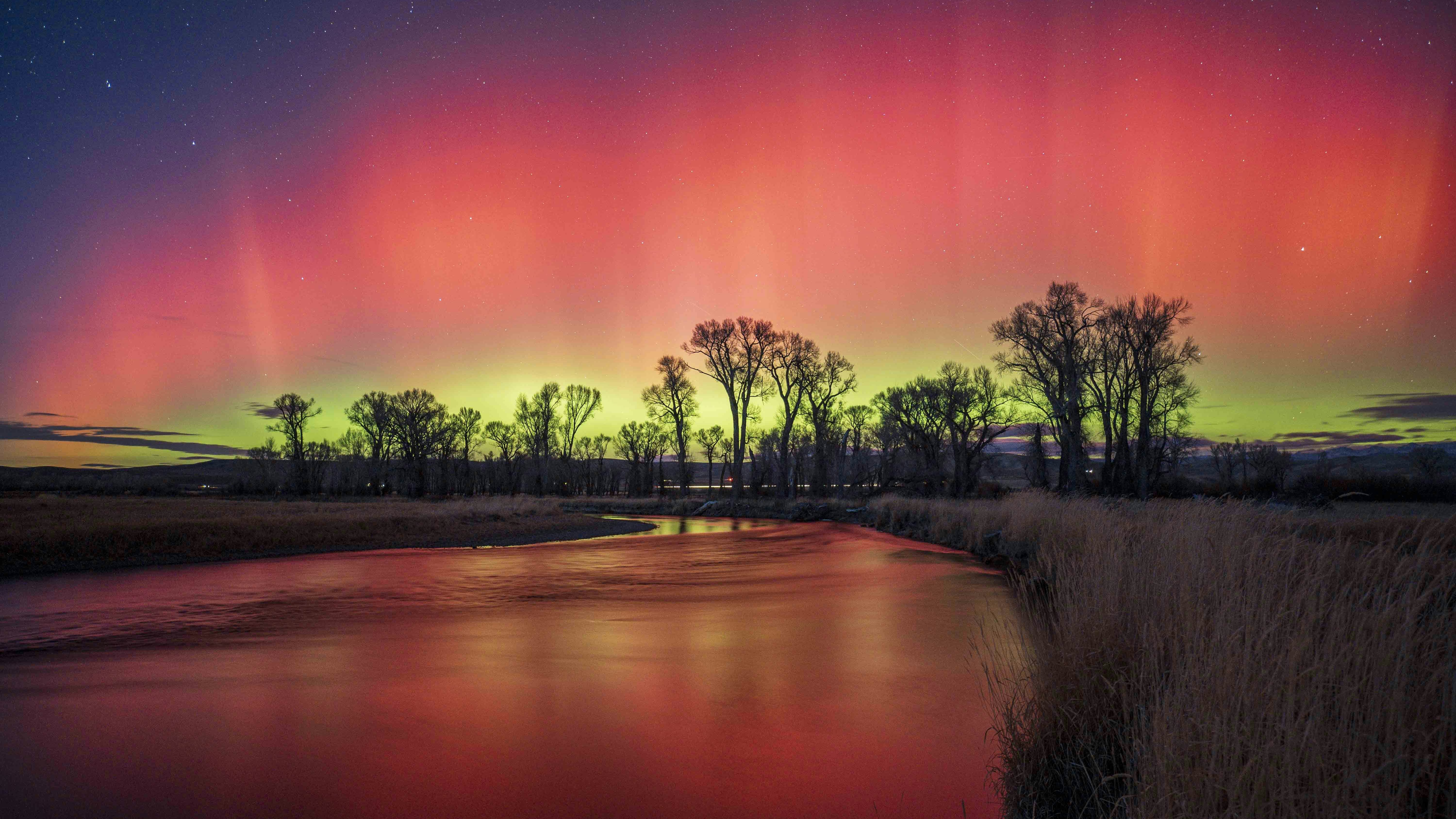Alton, Utah, might as well be a Wyoming town given its deep roots in agriculture, multi-generation ranching families and road signs that Cowboy State residents would surely appreciate.
Instead of “Stop” signs, traffic at intersections is controlled by “Whoa” signs.
And it only makes sense, mayor Dustin Cox told Cowboy State Daily.
“Cattle, livestock and horses … ‘WHOA,’” he said.
Population Boom, Sort Of
Like many Wyoming agricultural communities, Alton is rural — as in, really small, although there has been some growth as of late.
“It’s population 137. Well, somebody just got married and moved back to town, so 139,” Cox said.
There are 15 “whoa” signs at various intersections around Alton, and the county has given its blessing for the community to install some along adjacent county roads that could add another 10 signs.
But other than that, there’s not much more in Alton than residents’ homes.
“There no stop light in town,” Cox’s wife, Harmony, told Cowboy State Daily. “There’s no restaurants or gas stations. There is a post office. There used to be a convenience store in somebody’s basement, but it’s gone now.”
Her roots in Alton run about as deep as anybody’s.
“My great-great-grandfather was an original settler here,” she said. “We still run cattle on much of the same land. We still string cattle just the way they did.”
Not Sure When The ‘Whoa’ Thing Started
The couple isn’t sure when the “Whoa” signs first showed up, or who originally hatched the idea.
“I’ve been mayor for 14 years and before that I was on the town council for years, and before that we had the ‘Whoa’ signs,” Dustin said.
“I was a tiny kid when we first got the ‘whoa’ signs. I can’t remember who the mayor was when they decided to do it,” Harmony added.
Some reports say the first ‘whoa’ sign was a gag gift for a new Alton resident who had relocated there from Salt Lake City in 1992, given to him by his son-in-law.
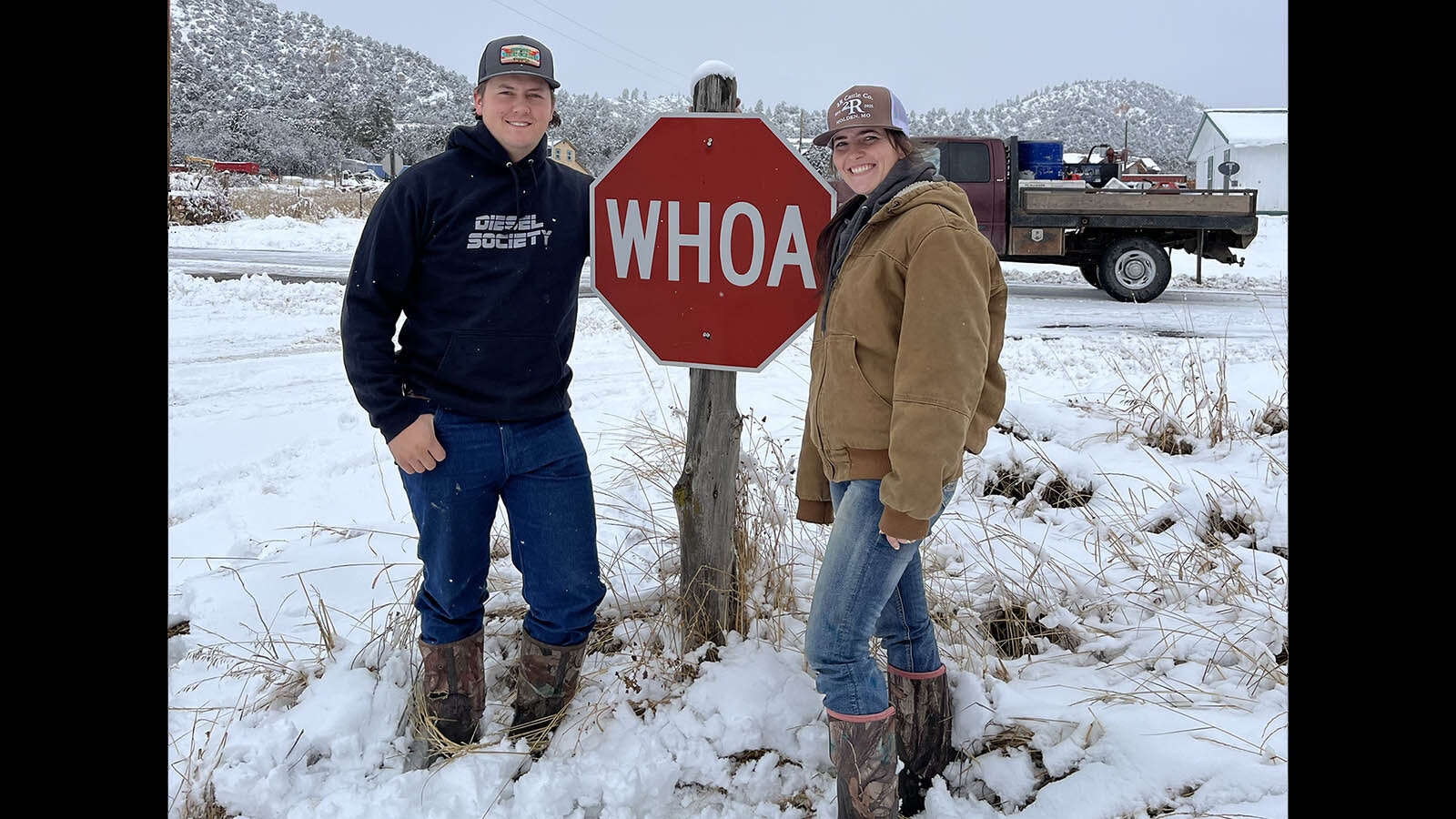
Theft Magnets
Alton is proud of its “Whoa” signs because they reflect the tiny town’s attitude and spirit, Dustin said.
And for the most part, visitors and tourists love the them too.
The only problem is, there are always those few who can’t just admire the signs or take pictures. Some folks just have to have a one for themselves, which then leads to about the only crime Alton has to deal with.
“That’s the only theft that really happens in this town,” the mayor said. “Some people come through town, see the ‘Whoa’ signs, and they think, ‘That’s cool, I have to have one.’ So they take them.”
At one point in the late 1990s, the town was down to only two “Whoa” signs thanks to sticky fingers.
Even so, Alton has no plans to replace the “Whoa” signs with more traditional “Stop.” The signs are custom-ordered by the town council, Dustin said.
Probably Wouldn’t Fly In Wyoming
“Whoa” signs are a good reflection of laid-back, tiny town life, Wyoming Department of Transportation spokesman Doug McGee told Cowboy State Daily.
However, he wouldn’t recommend any Wyoming towns putting them up. That’s because Wyoming follows the Federal Highway Administration’s uniform road sign standards, he said.
“It covers all signage from basic stop signs all the way up to digital road and highway signage,” McGee said.
And the code states that stop signs must have eight sides, be painted red and have “STOP” displayed in white letters on them, he said.
Dustin said concern has been raised before the Alton town council about if somebody were to run a “Whoa” sign and got in an accident.
And then what if they challenged the legitimacy of the resulting moving violation or other penalties based upon the legitimacy of a “Whoa” sign?
“We had the town attorney look into it, and he said we should be covered,” Dustin said. “The sign is still red. It still has eight sides and white lettering in English. It’s not in Japanese or anything like that.”
In the meantime, maybe the town can make up for the cost of all those stolen signs by writing more tickets for failure to whoa at a “Whoa” sign.
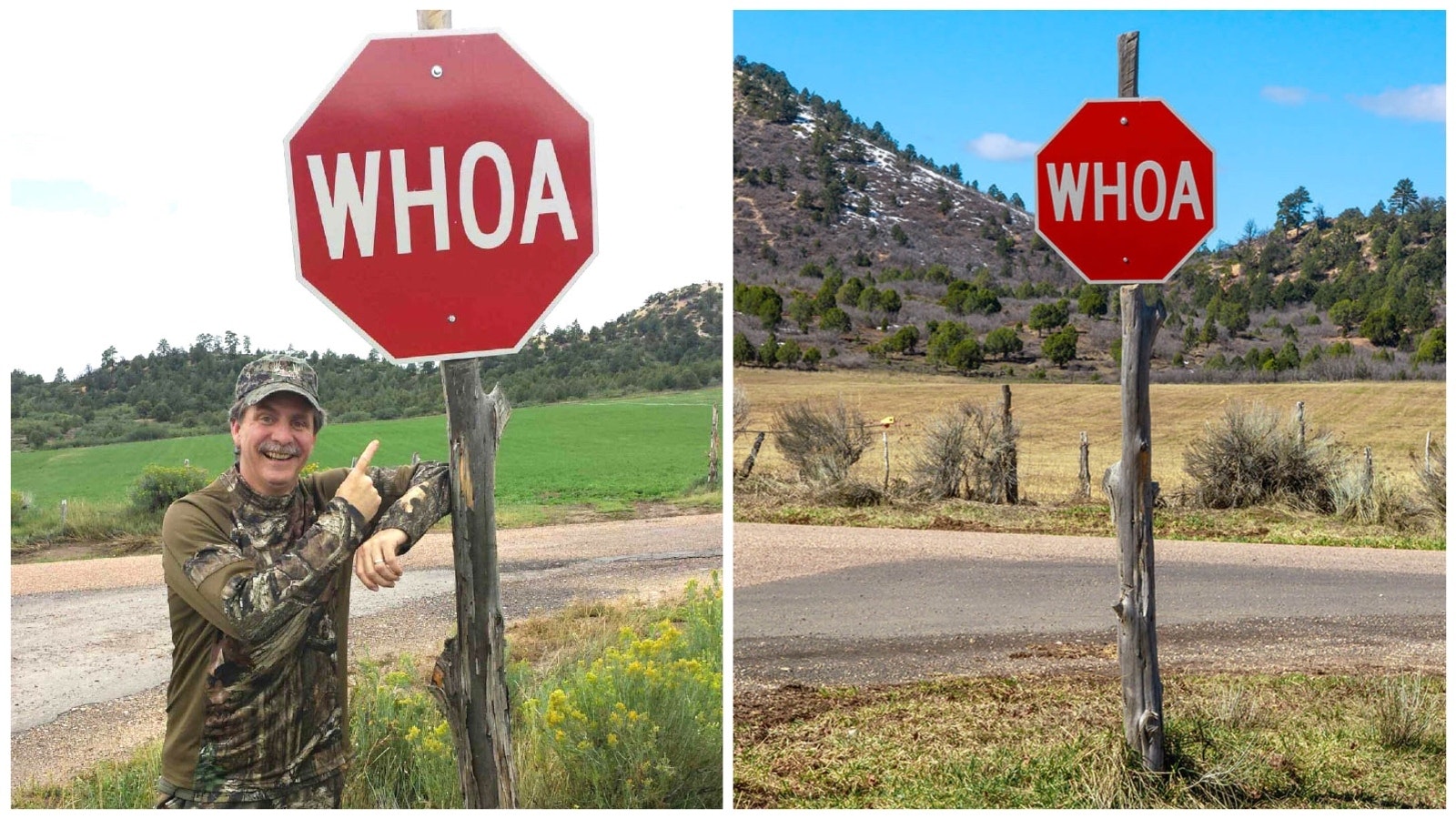
Mark Heinz can be reached at mark@cowboystatedaily.com.

